Best Seasons for Bathtub Installations
Bathtub installations are typically scheduled during periods of stable weather and moderate temperatures to ensure optimal working conditions. Planning installations during these times can help prevent delays caused by weather-related issues such as rain or extreme heat. Proper timing also allows for efficient scheduling of contractors and minimizes disruptions to daily routines.
Spring and early fall are often ideal for bathtub installations due to mild weather conditions and lower humidity levels, which facilitate better adhesion and curing of materials.
Avoid scheduling during winter months where cold temperatures can affect the installation process and drying times. High humidity and rain can also delay project timelines.
Most bathtub installations take one to three days, depending on complexity. Planning during favorable weather can reduce unforeseen delays.
Coordinate bathtub installation with other renovation activities to ensure a smooth workflow and minimize inconvenience.

Technicians work efficiently during spring with moderate temperatures and low humidity.

Summer offers longer daylight hours but requires precautions against heat and humidity.

Fall provides cool, dry weather ideal for installation projects.
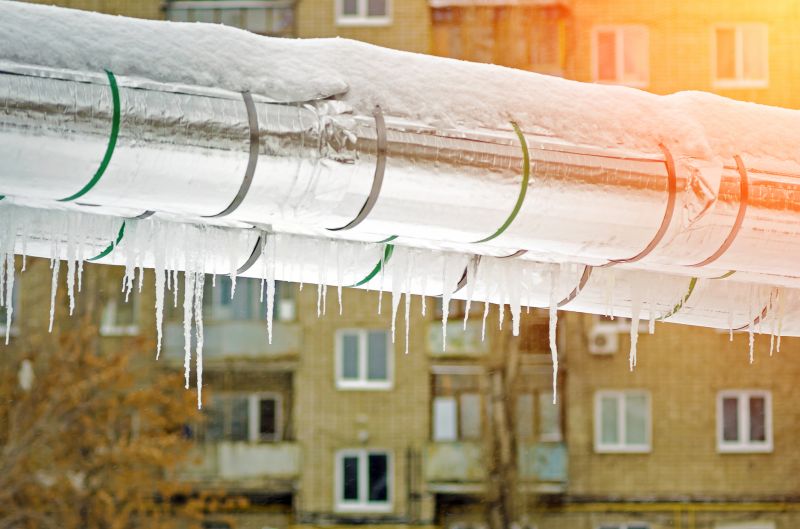
Cold temperatures and potential for snow can complicate installation efforts.

Proper planning ensures timely and efficient bathtub setup.

Skilled technicians ensure quality and safety during the process.

Variety of styles available for different preferences and bathroom layouts.
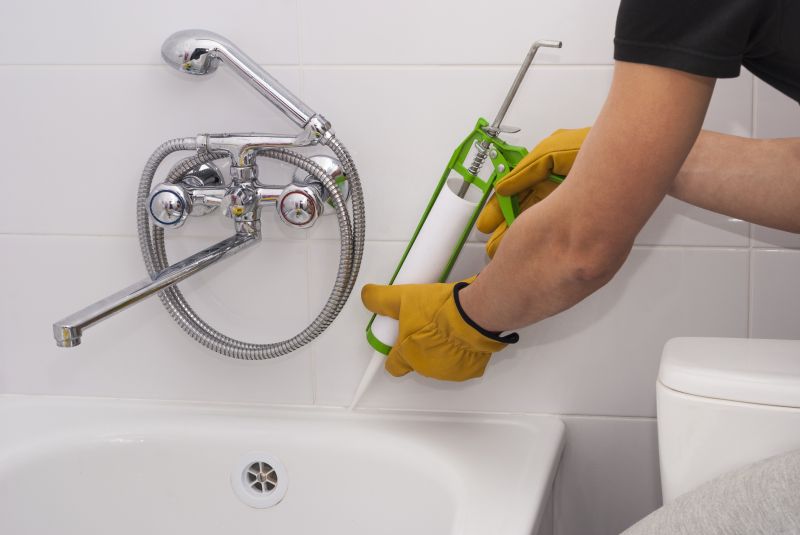
Specialized equipment ensures precise fitting and sealing.

Final results emphasize durability and aesthetic appeal.
| Season | Advantages |
|---|---|
| Spring | Ideal weather, low humidity, and longer daylight hours |
| Summer | Extended working hours, but requires heat precautions |
| Fall | Cool, dry conditions suitable for installation |
| Winter | Challenging due to cold temperatures and potential delays |
Bathtub installations are a significant aspect of bathroom remodeling projects, often requiring precise planning and execution. Proper timing ensures that the materials used, such as adhesives and sealants, cure correctly, resulting in a durable and long-lasting fixture. Weather conditions play a critical role in the success of installation, with ideal periods offering stable temperatures and low humidity to prevent issues like warping or improper adhesion.
Statistics indicate that scheduling during the spring and fall can reduce project delays by up to 30 percent. Additionally, planning installations during off-peak seasons may lead to cost savings due to lower demand for contractor services. Understanding these factors can help homeowners and contractors coordinate effectively for a smooth installation process.
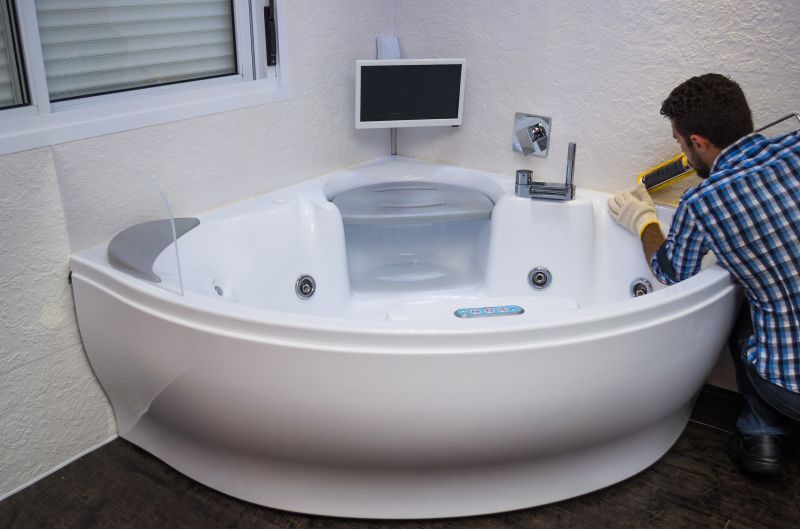
Step-by-step procedures ensure proper setup and sealing.
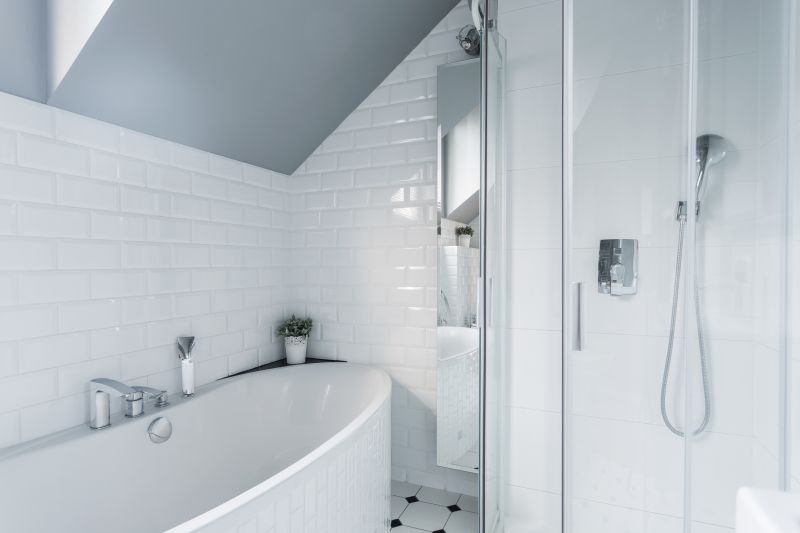
Enhanced aesthetic and functionality after installation.

Essential equipment for precise fitting.

Surface cleaning and measurements are critical first steps.
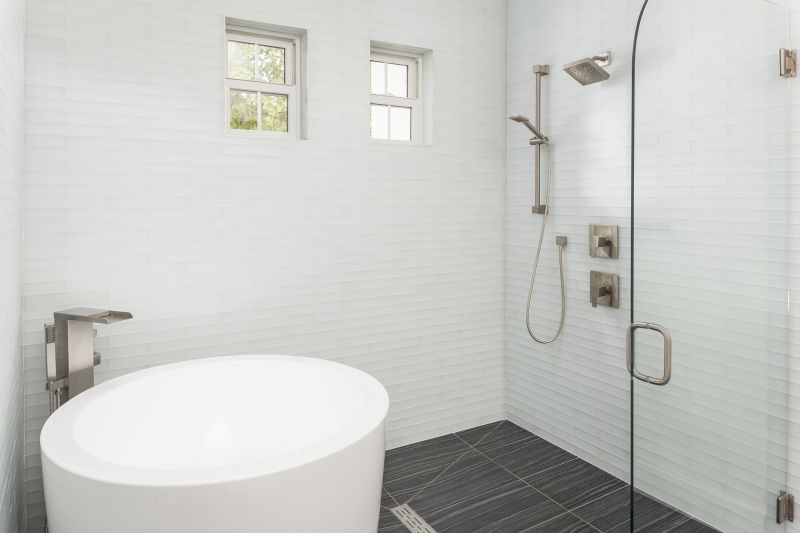
Ways to make Bathtub Installations work in tight or awkward layouts.

Popular materials for Bathtub Installations and why they hold up over time.

Simple add-ons that improve Bathtub Installations without blowing the budget.
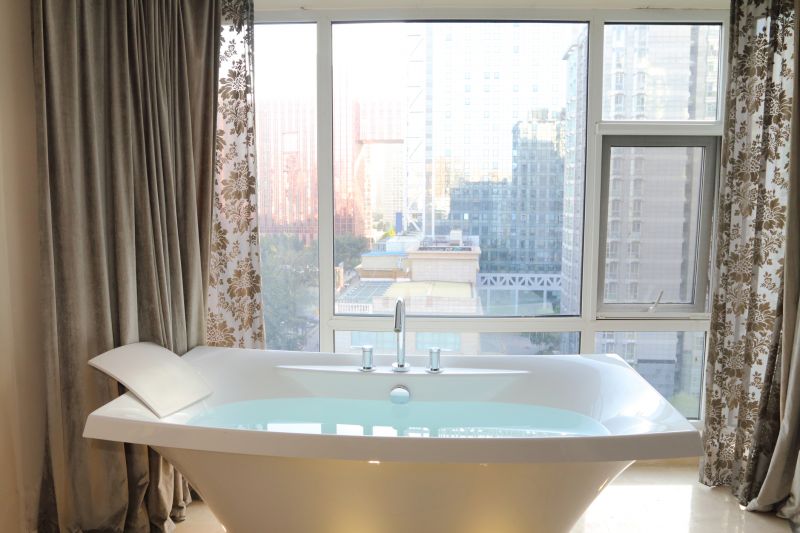
High-end options that actually feel worth it for Bathtub Installations.
Interested in scheduling a bathtub installation? Filling out the contact form provides an opportunity to discuss project details, preferred timing, and any specific requirements. Proper planning and timing can lead to a seamless upgrade that enhances bathroom functionality and aesthetics.

